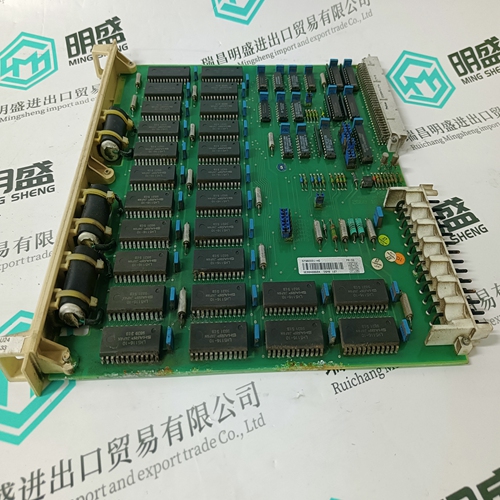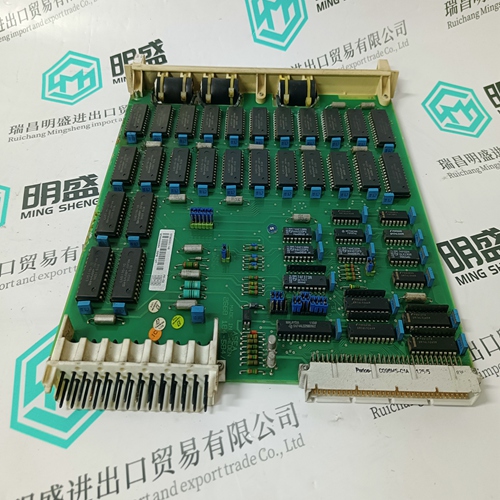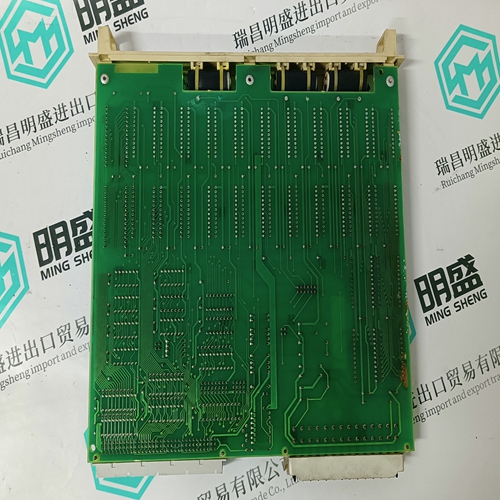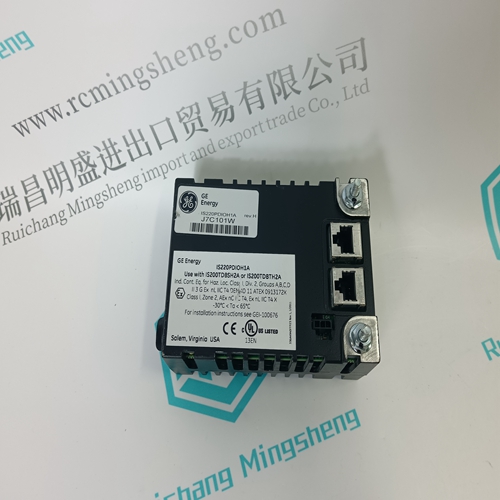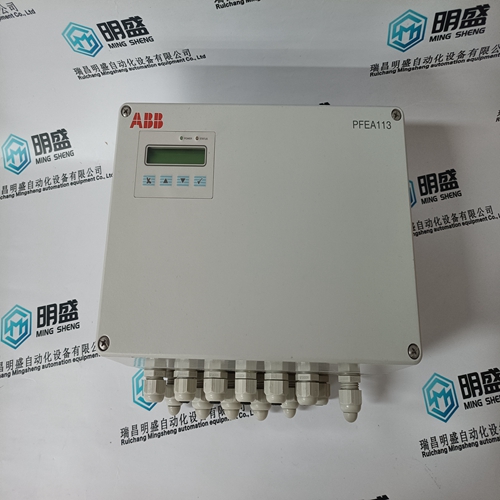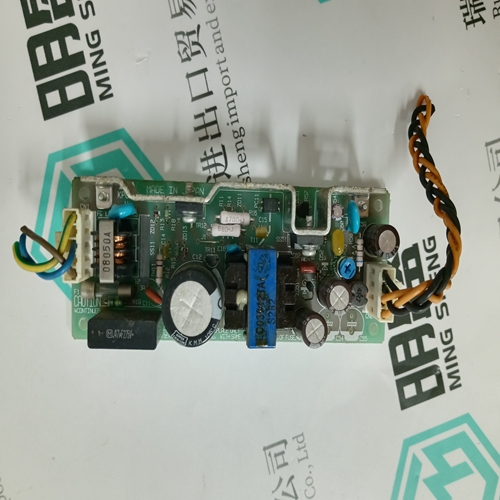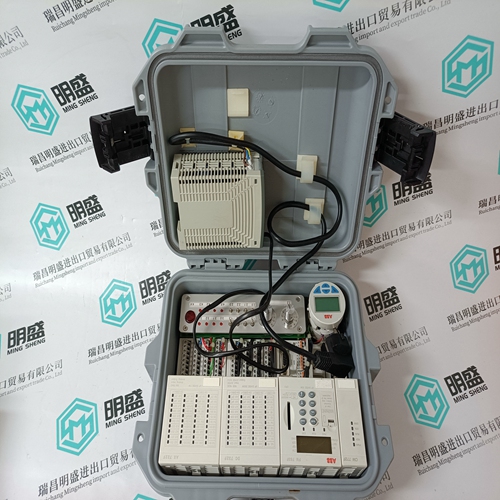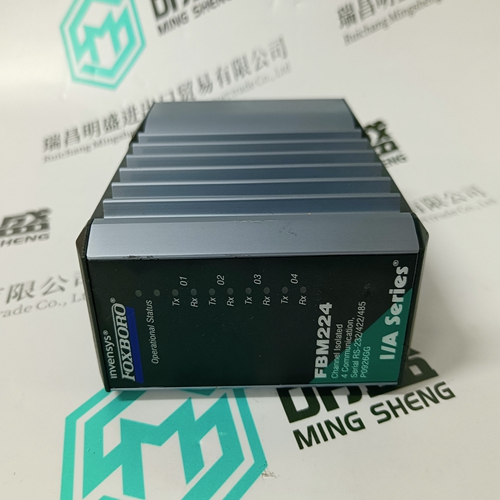Home > Product > DCS control system > DSMB127 57360001-HG Control system module
DSMB127 57360001-HG Control system module
- Product ID: DSMB127 57360001-HG
- Brand: ABB
- Place of origin: The Swiss
- Goods status: new/used
- Delivery date: stock
- The quality assurance period: 365 days
- Phone/WhatsApp/WeChat:+86 15270269218
- Email:stodcdcs@gmail.com
- Tags:DSMB127 57360001-HGControl system module
- Get the latest price:Click to consult
The main products
Spare parts spare parts, the DCS control system of PLC system and the robot system spare parts,
Brand advantage: Allen Bradley, BentlyNevada, ABB, Emerson Ovation, Honeywell DCS, Rockwell ICS Triplex, FOXBORO, Schneider PLC, GE Fanuc, Motorola, HIMA, TRICONEX, Prosoft etc. Various kinds of imported industrial parts
DSMB127 57360001-HG Control system module
The SERVOSTAR CD-Lite has the ability to assume different modes of operation. It is factory configured in OPMODE=1 (Analog Velocity Controller) but may be reconfigured by the user. Not all commands and variables are active or meaningful in every OPMODE. OPMODE = 1 Analog Velocity Controller. The SERVOSTAR CD-Lite is configured as a velocity-loop controller and is controlled via a ± 10V analog input signal. The commanded velocity is proportional to the input voltage. OPMODE = 3 Analog Torque (Current) Controller. The SERVOSTAR CD-Lite is configured as a torque-loop controller and is controlled via a ± 10 V analog input signal. The commanded current is proportional to the input voltage.This section discussions the I/O features of the C3 connector (except for the Thermostat input on C2 see appendix). Electrical specifications are in the Quick Start Guide.
The SERVOSTAR CD-Lite also has an automatic analog input zeroing function. Invoking the ANZERO command while the drive is enabled or disabled samples motor velocity over a 32 ms period and updates ANOFF1 accordingly to cancel out analog input offset. This command uses an internal offset mechanism that has finer resolution than ANOFF1 is capable of providing.
Analog Input (ANIN1)
The velocity or torque loop can receive its command from an analog voltage source and is selectable through the OPMODE variable. The analog input to the SERVOSTAR CD-Lite is differential. This means that the signals received at the two inputs are subtracted from each other to create a ‘difference,’ that is used to command the rest of the system. This type of input has a high degree of noise immunity and, in many cases, will allow for ground isolation between systems. This analog input also has a low pass filter (ANLPFHZ) to prevent high frequency noise from entering the system. The input voltage from the differential receiver is applied to a precise 12-bit Analog-to-Digital (A/D) conversion system. The A/D conversion system is read by the microprocessor, 250µs for the velocity loop mode, and every 62.5µs for the torque (current) loop mode of operation. Encoder-based units have the additional benefit of a Dual Gain (ANDG) input. When enabled, the system uses two 14-bit A/D inputs to read the user-supplied analog signal. One input is a direct reading of the ± 10V signal, while the other incorporates a 2x gain term. When the input voltage is less than 4V, the 2x channel is used to determine the user’s input voltage. This extends the resolution to a 15-bit equivalent. Above 4V, the system uses the straight 14-bit conversion. Special software algorithms are used to minimize cross-over distortion and add 0.25 V hysterisis. Analog systems often require scaling and offset bias. The SERVOSTAR CD-Lite adds an analog offset (ANOFF1) variable to this reading, performs an analog deadband (ANDB) adjustment, and scales it through velocity loop input scaling (VSCALE), or torque loop input scaling (ISCALE) before passing the data to the selected control loop. The analog input (ANIN1) variable indicates the analog reading after the offset (ANOFF1) and the deadband (ANDB) adjustments, but before the loop scaling. The ANIN1 variable range is ± 22500 counts (or mV).
